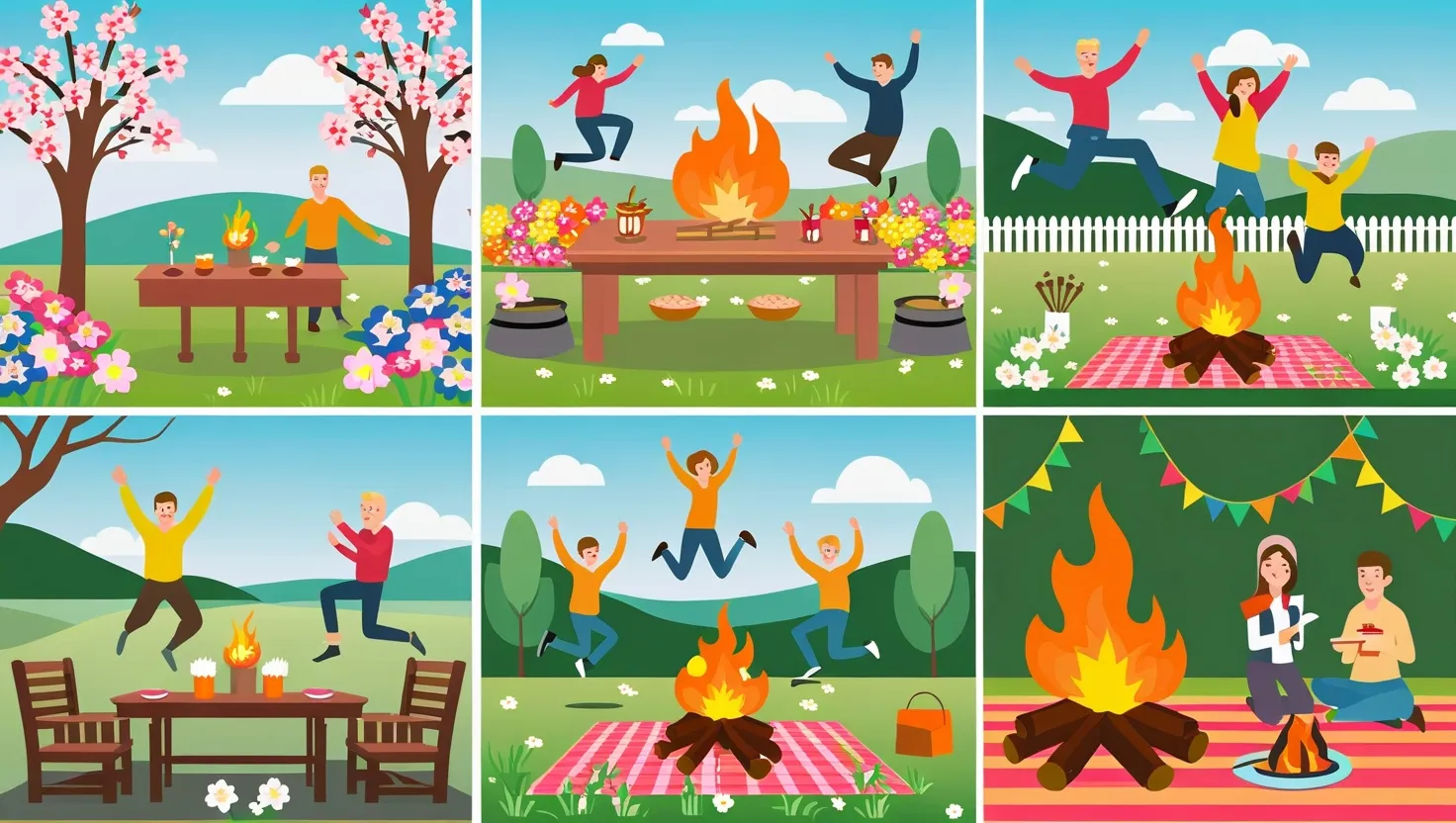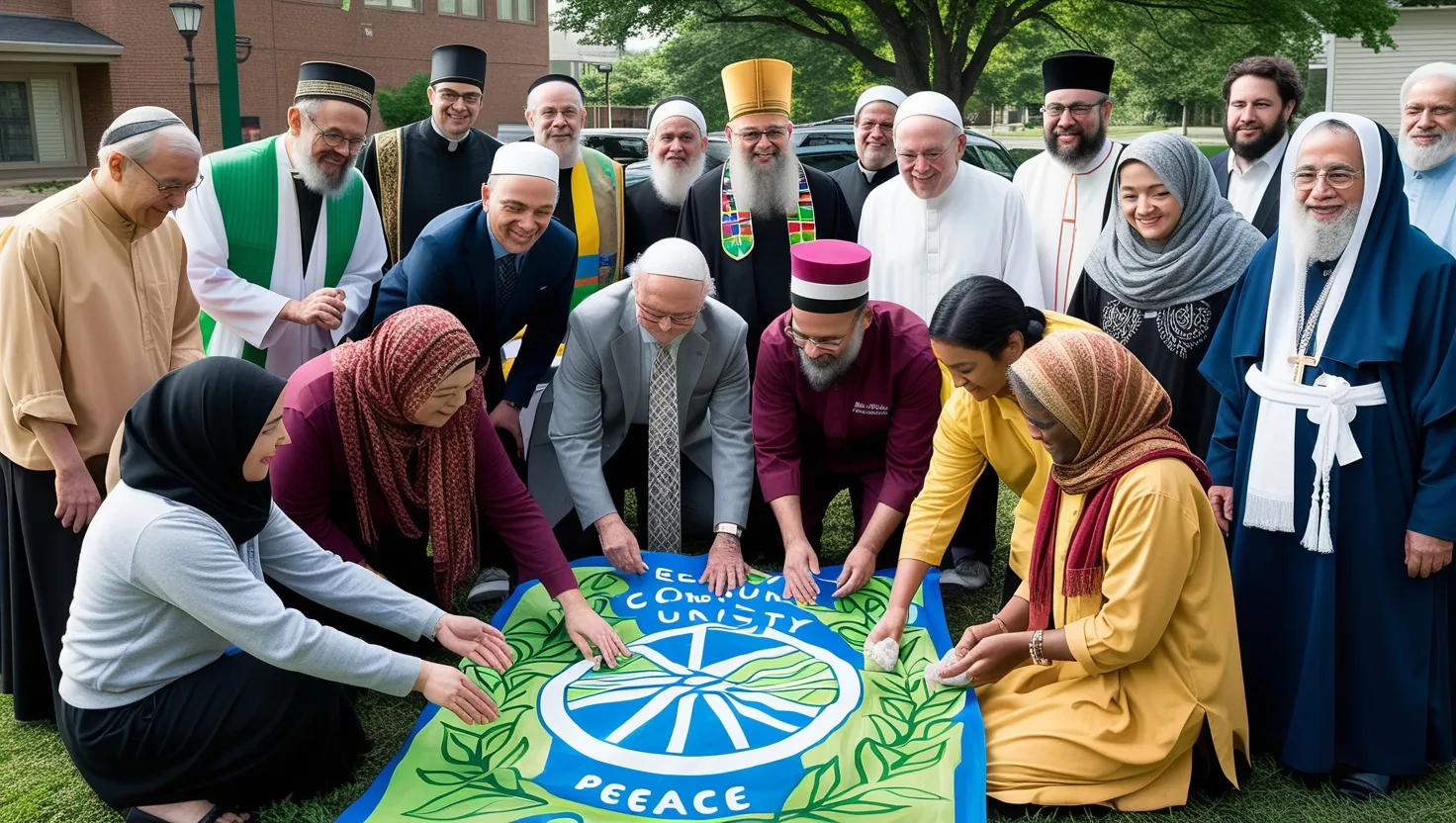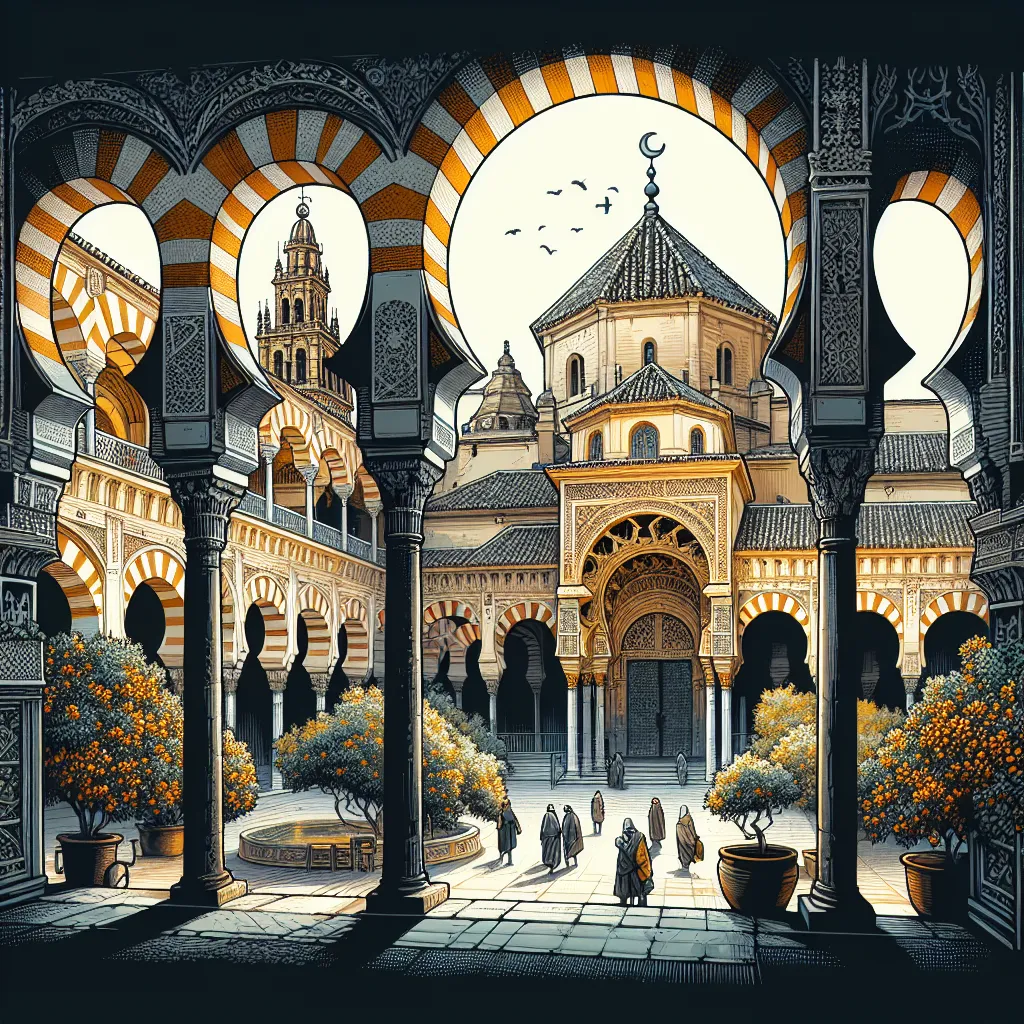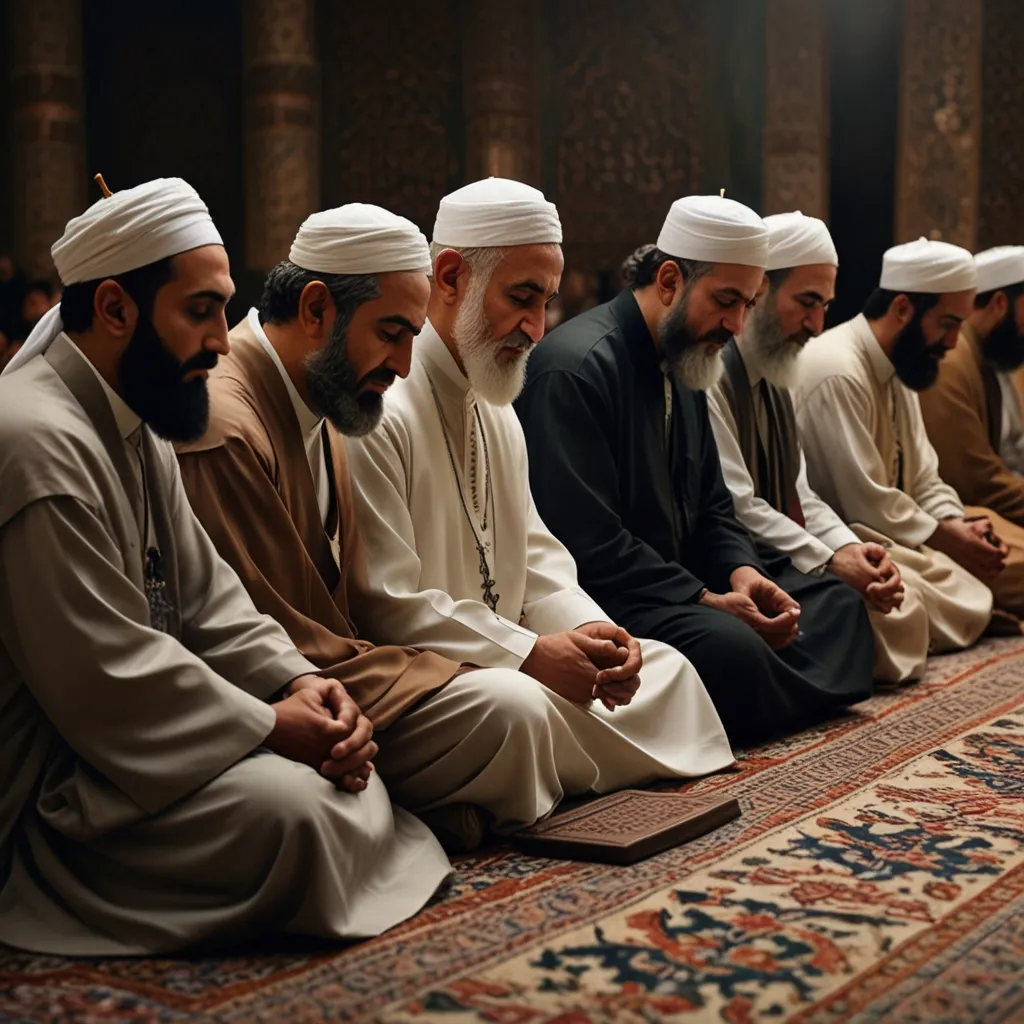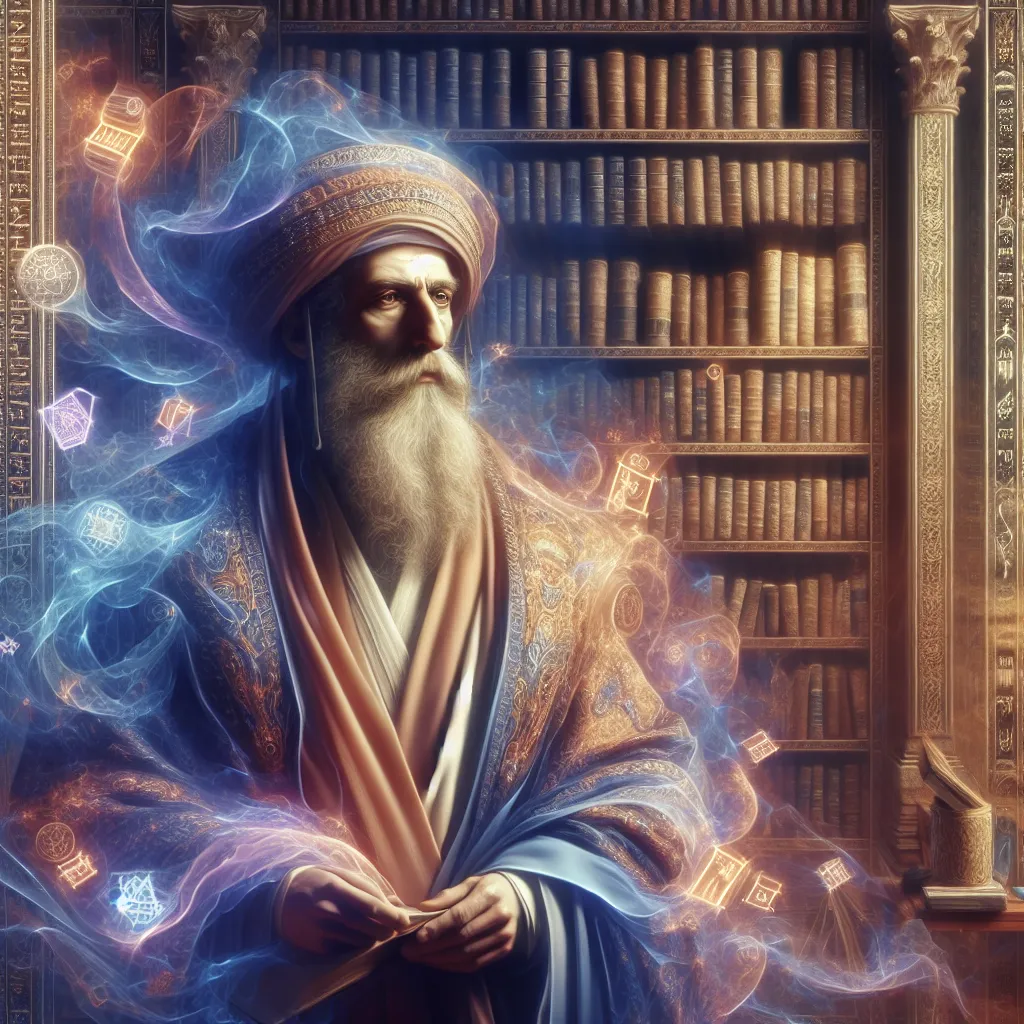As the world welcomes the arrival of spring, a vibrant and ancient festival comes alive in many parts of Central and Western Asia – Nowruz, the Persian New Year. This celebration, deeply rooted in Zoroastrianism, is a testament to the enduring power of cultural and religious traditions.
Nowruz, meaning “new day” in Persian, marks the vernal equinox, a time when day and night are equal in length, signaling the beginning of spring. This festival has its origins in Zoroastrianism, one of the world’s oldest monotheistic religions, which emphasizes the struggle between good and evil and the connection between humans and nature. The celebration is intricately tied to the Zoroastrian concept of Rapithwin, the personification of summer and noon, who returns with the spring, symbolizing the triumph of good over evil.
One of the most fascinating aspects of Nowruz is its rich history, which spans over 3,000 years. Although the earliest sources provide limited details, it is clear that Nowruz was a significant festival in the ancient Near East. During the Achaemenid Empire, Nowruz was an important day when kings would bring gifts to the King of Kings, highlighting its political and cultural significance. This tradition continued even after the advent of Islam, with Nowruz evolving into a celebration that blends its ancient roots with more recent religious and cultural influences.
At the heart of Nowruz celebrations is the haft-sīn table, a meticulously arranged display of seven items that begin with the Persian letter “s”. These items include sabzeh (sprouting plants symbolizing rebirth), seeb (apples representing health and beauty), senjed (dried oleaster berries signifying wisdom and rebirth), samanu (wheat pudding symbolizing strength and justice), somaq (sumac representing patience), serkeh (vinegar symbolizing age and patience), and seer (garlic representing cleansing). This table is often accompanied by additional symbolic objects such as a mirror for reflection, colored eggs for fertility, and goldfish in a bowl to represent life.
The preparations for Nowruz begin weeks in advance. Families engage in rigorous house cleaning, known as khaneh takani, and grow sabzeh in dishes. The Tuesday evening before Nowruz, known as Chahārshanbeh Sūrī or Scarlet Wednesday, is a time for symbolic rituals. People jump over bonfires, chanting “Give me your red color, take my yellow color,” a ritual that symbolizes the exchange of health and warmth for sickness and weakness. Children also participate in qashoq zani, banging spoons on cooking pots and knocking on neighbors’ doors to receive sweets.
Nowruz is not just a celebration; it is a time for spiritual renewal and cultural expression. In Iran, the arrival of Nowruz is heralded by street singers known as Haji Firooz, who wear colorful outfits and blacken their faces with soot or shoe polish. These characters are part of Iranian folklore, with stories tracing them back to ancient Zoroastrian traditions or even to black slaves brought to Iran in the 19th century.
The festivities of Nowruz last for thirteen days, a period filled with visits to relatives, gift exchanges, and communal celebrations. People enjoy traditional foods like sumalak, a thick pudding made from wheatgrass, and participate in open-air festivals featuring nomadic traditions such as horse racing, wrestling, and archery. The final day of the celebrations, Sizdah Bedar, is marked by outdoor picnics where people discard the sabzeh they had grown into running water, symbolizing the return of nature’s bounty.
Nowruz is celebrated not just in Iran but across a wide geographical area, including Iraq, Turkey, Syria, Armenia, and parts of Central and South Asia. The Kurds, for example, light bonfires the night before Nowruz and engage in similar rituals of renewal and celebration. This widespread observance underscores the festival’s role in preserving Persian heritage and cultural resilience.
In modern times, Nowruz continues to be a powerful symbol of cultural identity and resistance. For Iranian Americans and other diaspora communities, Nowruz is a way to connect with their roots and celebrate their heritage. It is also a time when younger generations adapt traditional practices to fit contemporary lifestyles, adding elements like fireworks and modern music to the celebrations.
The universal appeal of Nowruz lies in its themes of renewal and rebirth. As people around the world welcome the spring, they are reminded of the cyclical nature of life and the importance of community and tradition. Nowruz is more than just a festival; it is a celebration of the human spirit’s ability to find joy and meaning in the passage of time.
In a world where cultural and religious traditions are often seen as static, Nowruz stands out as a dynamic and evolving celebration. It blends ancient Zoroastrian beliefs with modern cultural practices, making it a unique and vibrant part of the global cultural tapestry. As we celebrate Nowruz, we are not just honoring a tradition; we are participating in a living, breathing expression of human culture that continues to inspire and unite people across the globe.
The significance of Nowruz extends beyond its cultural and religious roots; it is also a celebration of nature and the environment. The rituals involving water and fire, the growing of sabzeh, and the outdoor picnics all highlight a deep connection with the natural world. In an era where environmental awareness is crucial, Nowruz serves as a reminder of the importance of living in harmony with nature.
As the world becomes increasingly interconnected, festivals like Nowruz play a vital role in preserving cultural diversity. They offer a glimpse into the rich heritage of different communities and serve as a bridge between past and present. For those celebrating Nowruz, it is a time to reflect on their traditions, honor their ancestors, and look forward to a brighter future.
In conclusion, Nowruz is more than just a festival; it is a celebration of life, renewal, and the enduring power of cultural and religious traditions. As we mark the beginning of spring with this ancient and vibrant festival, we are reminded of the universal themes that unite us all – the joy of community, the importance of tradition, and the eternal cycle of life and renewal.
